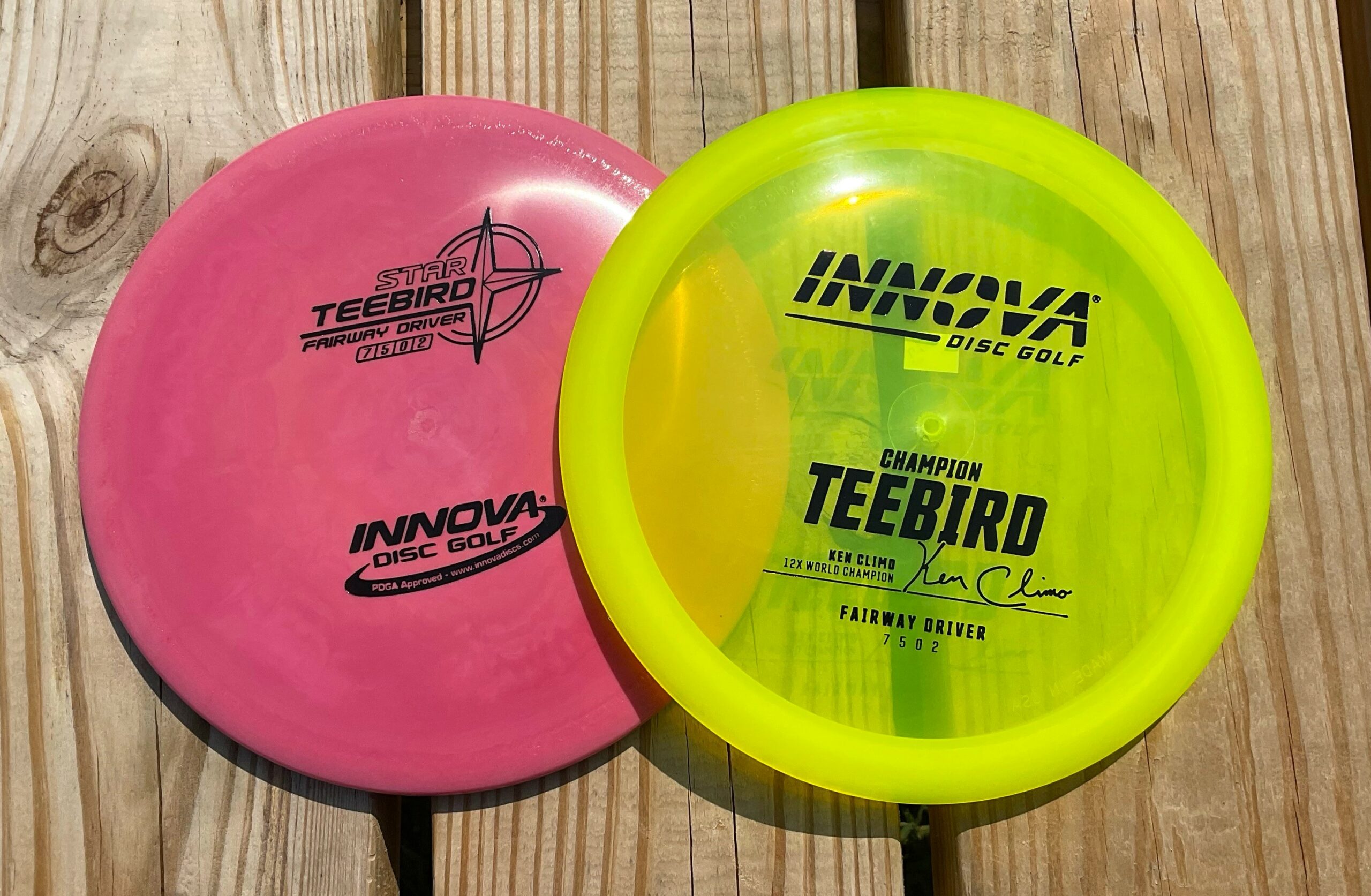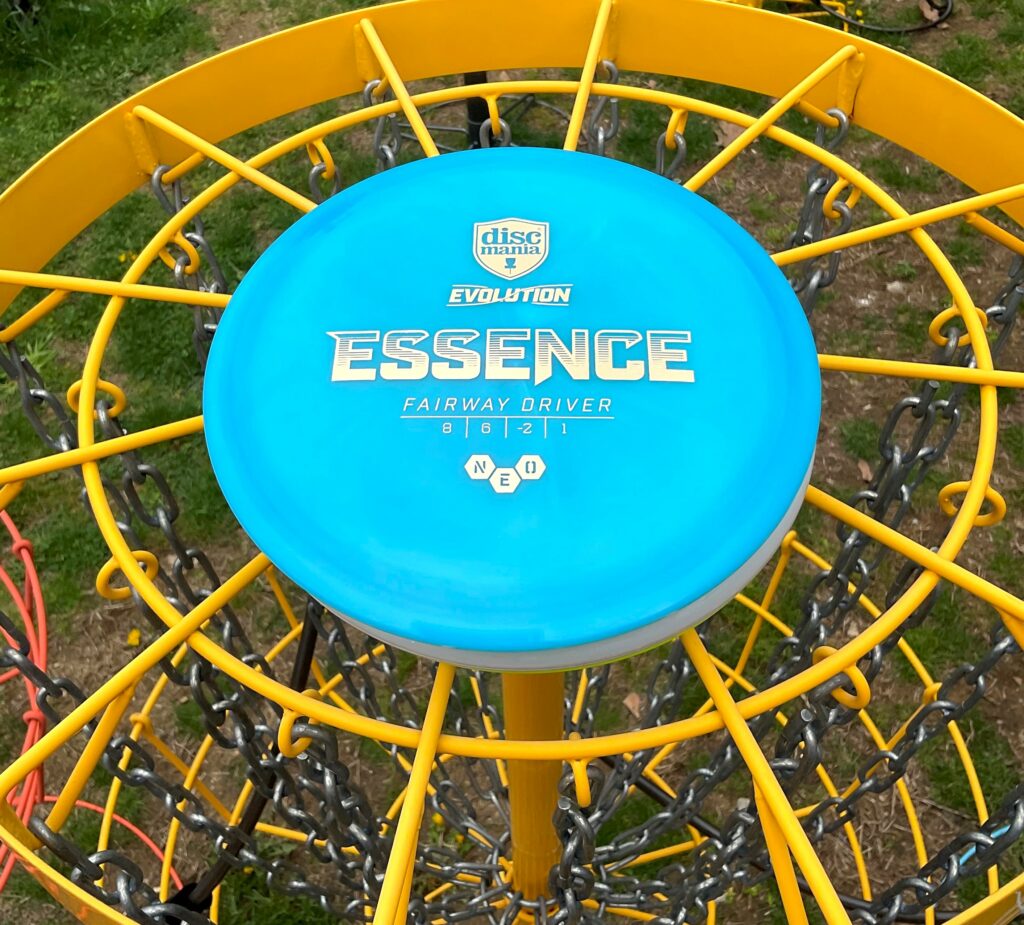

Introduction
Innova is synonymous with innovation in the disc golf world. As the leading manufacturer in the sport, they’ve pioneered some of the most popular discs and materials used on disc golf courses today. Among Innova’s vast array of plastics, the Champion and Star blends stand out as their top premium options. Both offer unique advantages to players. This article delves into these two top-tier plastics, examining their distinct characteristics and guiding players on choosing the right material for their style of play. The head to head battle of Champion vs. Star is underway! Whether you’re a seasoned pro or a newcomer to the sport, understanding the differences between Champion and Star plastics can significantly impact your game strategy and disc selection.
Understanding Plastic Types
Innova has a huge selection of premium and baseline plastics. Check out our blog post “Disc Golf Plastics” which takes a look at all of Innova’s plastics for more information. Baseline plastic is cheaper, and as a result, it’s less durable. Discs will often fly more understable right off the shelf when they’re in a baseline plastic. Premium plastics, like Champion and Star, are extremely durable, so their flights won’t change as much over time.
Champion Plastic: Features and Benefits
Champion plastic is a translucent blend, meaning you can usually see through it. It comes in a plethora of colors and weights. Innova has many Champion plastic variants such as Metal Flake Champion, Blizzard Champion, or Color Glow Champion. Champion is one of the most durable blends that Innova offers. Over time, the flight may change slightly with wear, but the changes are usually minimal. Champion offers terrific overstability off the shelf. In fact, it’s one of the more overstable flying plastic blends.

Star Plastic: Features and Benefits
Star plastic is opaque, or non see through. Known for having exceptional grip, Star plastic is a common choice for everything from distance drivers all the way down to driving putters. Star is Innova’s most popular plastic. Several variants exist using Star as a base, such as Halo or Proto Glow.

Side-by-Side Comparison: Champion and Star
Let’s compare these two plastics head to head! While both are top of the line premium plastics, their differences are what allow them to shine. There are two main differences between these plastics – durability and stability.
Champion has the edge on Star when it comes to durability, but that doesn’t inherently make Champion more desirable. Many disc golfers love using beat up discs, or wish to beat in their discs to make them more understable. These types of players may desire Star over Champion for this specific reason. Star is still a premium plastic, and is very durable, but not quite as durable as Champion.
The stability between Star and Champion can vary drastically. Off the shelf, there is sometimes no noticeable difference in stability. More often than not though, Champion ends up being slightly more overstable than Star.
Player Preferences and Use Case
In the world of disc golf, player preferences can play a major role in disc selection. Do you like putting with a bead, or no bead? Are blue discs or pink discs your favorite? Do you throw Star or Champion? Most players end up throwing a mix of Star and Champion depending on their stability needs, or grip preferences. Finding a disc that flies drastically differently in Star as opposed to Champion could help you fill slots in your bag without bagging too many models.
Champion vs. Star: Which Plastic Wins?
The ultimate Innova plastic question: Which is better, Star or Champion? While it’s tough to say if one is simply better than the other, we can highlight the benefits of both. Some players prefer Champion for it’s very high durability and slight edge on stability, nonetheless, others prefer Star for its superior grip, or because they want to beat it up over time.



























